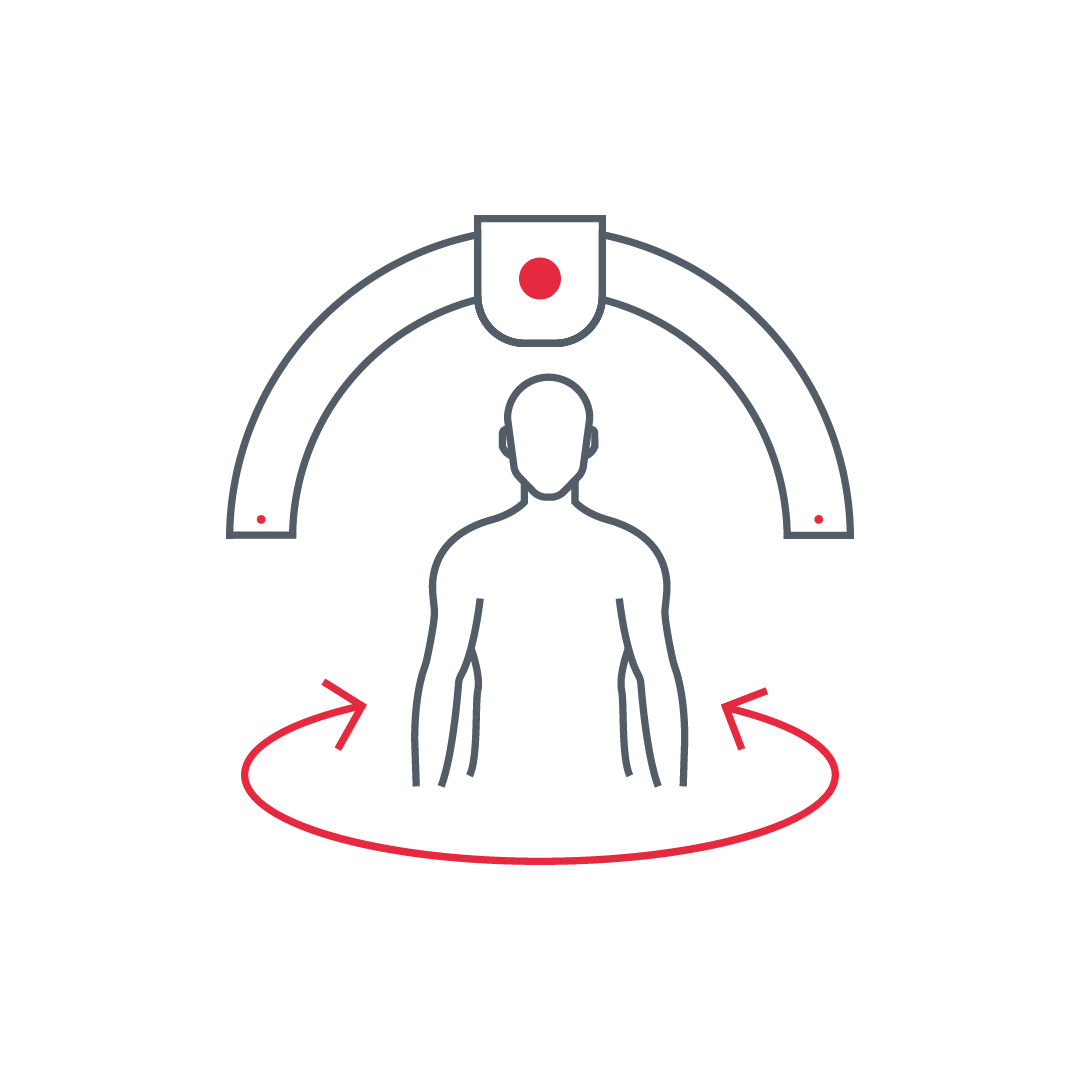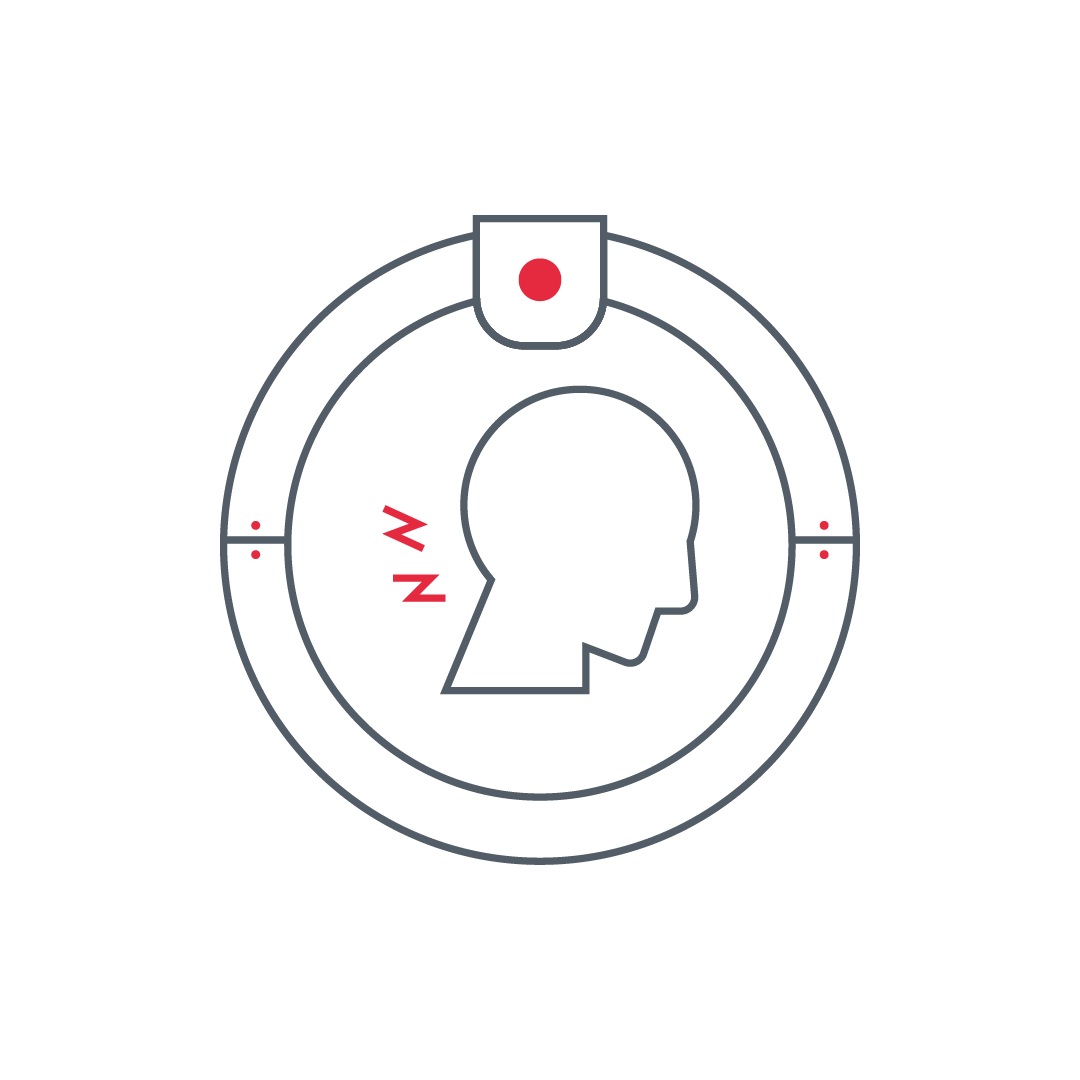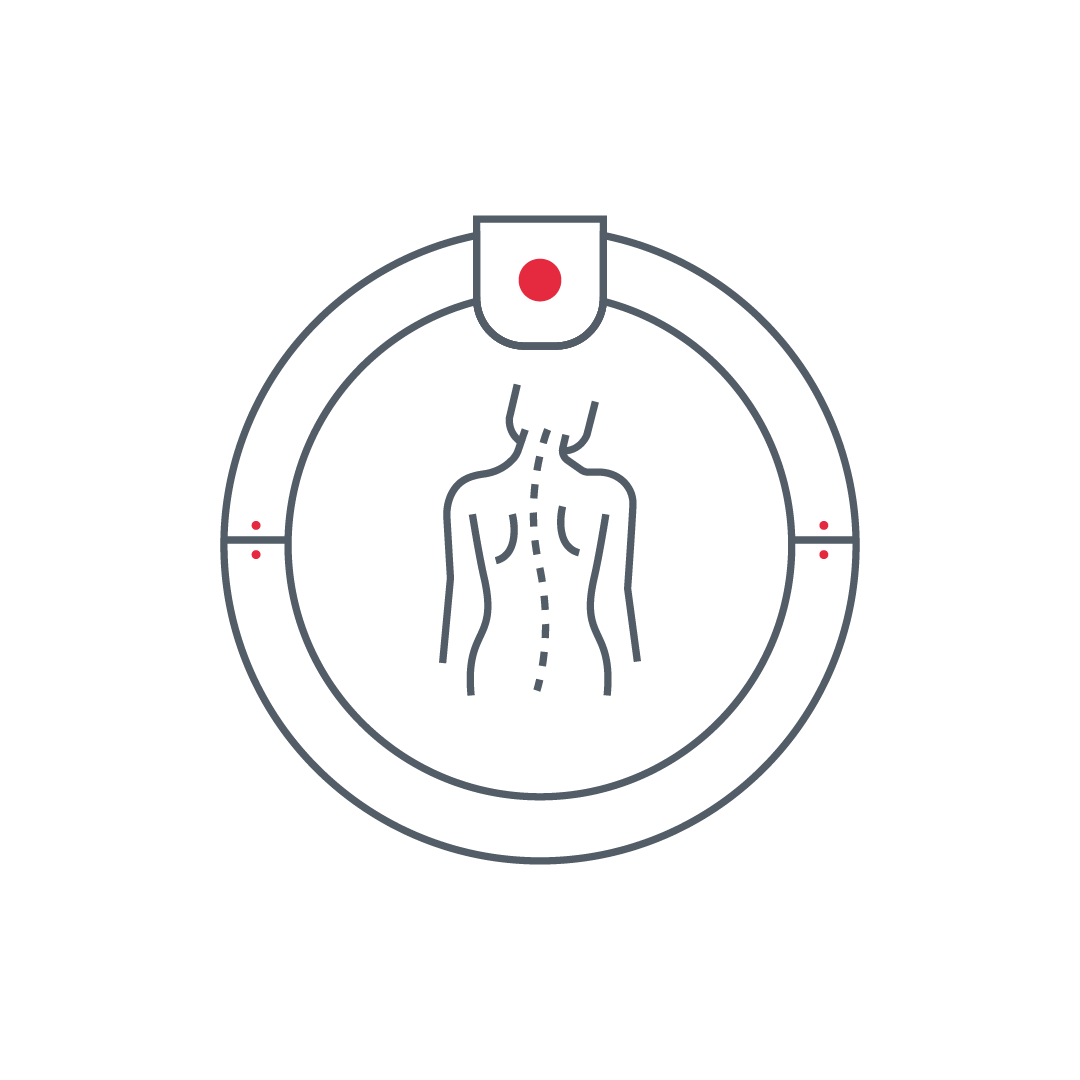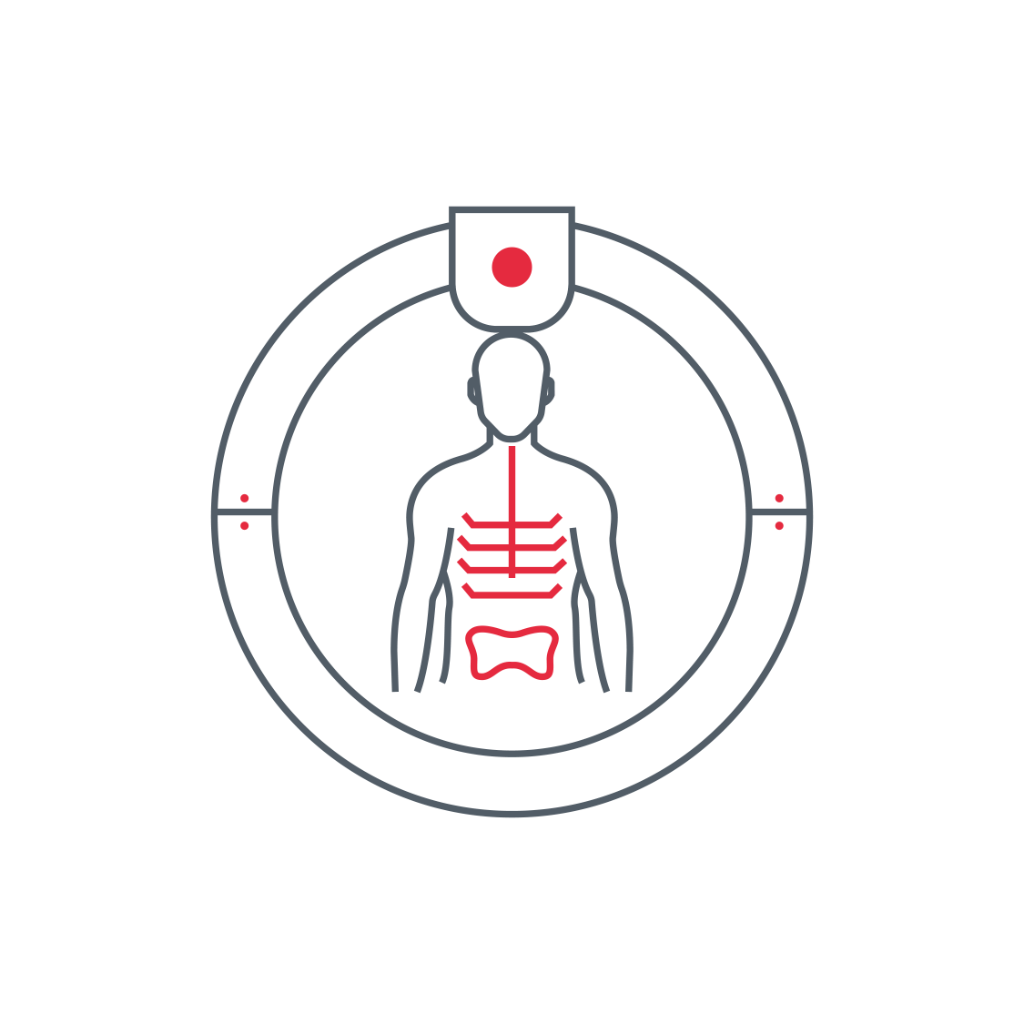Few medical conditions can be diagnosed through physical examination and patient history, whereas there are many clinical situations where patients experience symptoms that are not readily apparent. In these cases, additional tests are necessary to provide a deeper insight into internal organs. Not long ago, physicians had limited access to diagnosing internal organs, leading to incorrect diagnoses and less effective treatments. However, today the landscape is entirely different.
Advances in technology over the past decades have given rise to a wide range of advanced imaging tests that offer a more in-depth and precise examination of internal organs CT scan provides vital information about internal organs and represents a high-efficiency diagnostic tool, when interpreted correctly.
CT (Computed Tomography) is a non-invasive imaging method using X-ray technology that scans specific areas of the body, creating detailed three-dimensional images of the organs. This imaging exam allows the identification and diagnosis of various medical conditions with high precision in multiple body regions

CT head, also known as Brain CT, provides updated and high-quality images of the brain, including brain structure, blood vessels, skull bones, and facial bones. This imaging test may allow the diagnosis of conditions such as infections, ischemia, tumors, fractures, accumulation of fluids, or congenital anomalies. Additionally, head CT scans can include angiography, an examination focusing on the blood vessels of the head and neck, including veins and arteries, efficient for detecting aneurysms, stenosis, or vascular malformations

An advanced and innovative imaging test, the CBCT , produces detailed images of the sinuses and ears with lower radiation dose compared to regular CT scans. Unlike conventional CT or X-ray images taken from different directions, CBCT creates a more detailed three-dimensional image of the four sinuses. This test aids in the diagnosis of various ear, nose, and throat conditions, including growths, polyps, infections, fractures, and cracks in the sinuses and ears, as well as sinusitis

This test covers the area from the base of the skull to the upper chest, including the respiratory passages, lymph nodes, thyroid gland, blood vessels, throat, larynx, and more. It helps diagnose various clinical conditions in these areas, including space occupying lesions, congenital anomalies, inflammatory masses, cysts, inflammation, and vocal cord lesions. Notably, for tumors, CT neck allows not only diagnosis but also helps identify the stage of the disease and plan appropriate treatment, including radiation therapy and tumor removal

CT spine examinations are divided into three main types: cervical, thoracic, and lumbar. These imaging exams depict, among other things, the spinal cord canal, disc spaces, muscles, and blood vessels in the area. These tests are efficient for identifying the source of pain that may indicate a problem in the spine, including disc rupture, spinal cord stenosis, disc fractures, changes in the vertebrae, infections, and more. Additionally, spinal CT exams are useful for detecting spinal tumors and tracking their spread precisely. Moreover, spinal CT is effective for preparing for invasive treatments in the area, providing an up-to-date image and a detailed assessment of the area before medical procedures

This test generates a detailed image of abdominal organs from different angles, including the digestive system, bones, muscles, and blood vessels. Abdominal CT provides more detailed information compared to abdominal ultrasound or regular X-rays. This test allows the identification of conditions such as tumors, inflammation, infections, bowel obstructions, kidney and gallstone issues, and other diseases in the abdominal and pelvic areas

An examination demonstrating internal organs in the chest area, including lungs, blood vessels, heart, arteries and veins, muscles, and bones. Chest CT helps diagnose lung diseases, growths, and abnormalities in the area, infections, inflammation, respiratory tract disorders, and more. Furthermore, chest CTs can include specific CT exams, such as angiography of the pulmonary arteries (to detect blood clots and lung infarctions), aorta angiography (to identify aneurysms in the arterial system), and CT of the coronary arteries

An examination highlighting soft tissues, bones, and blood vessels. It is effective for diagnosing various medical conditions, including fractures, tumors, infections, sports injuries, joint injuries, inflammation, and neurological conditions

PET-CT combines computed tomography (CT) and functional imaging (PET), accurately visualizing physiological processes alongside detailed anatomical structures. This test is typically used to detect and diagnose cancers, disease staging, infections, inflammations, and neurological or cardiac disorders. Additionally, PET-CT is valuable for monitoring responses to oncology treatments and assessing disease spread throughout the body. At RDG Imaging, we provide unique and detailed reporting for PET-CT exams, which includes: A full radiological report of the findings in the whole-body CT scan interpreted by an experienced radiologist. A detailed evaluation of the nuclear imaging (PET) results performed by a specialist in nuclear medicine, as well as interdisciplinary exchange between the two specialists, combining their impressions to provide a comprehensive and accurate assessment of the patient’s condition. Our unique approach ensures that patients receive extensive and detailed information about their disease status, integrating precise anatomical interpretation with functional imaging analysis for optimal treatment planning.

Cardiac CT provides a highly detailed and accurate visualization of the heart and coronary blood vessels. This test is typically performed to diagnose cardiovascular diseases, such as coronary artery stenosis or blockages, assess post-catheterization or surgical outcomes, and detect congenital anomalies. Cardiac CT is an advanced diagnostic tool that enables precise treatment planning, including valve assessment, calcium buildup detection in blood vessels, and non-invasive evaluation of heart function. A significant advantage of this test is its ability to provide high-resolution imaging essential for accurate medical decision-making. Additionally, Cardiac CT serves as a valuable tool for monitoring individuals at risk of heart disease, allowing for early detection of atherosclerotic changes even before clinical symptoms appear.